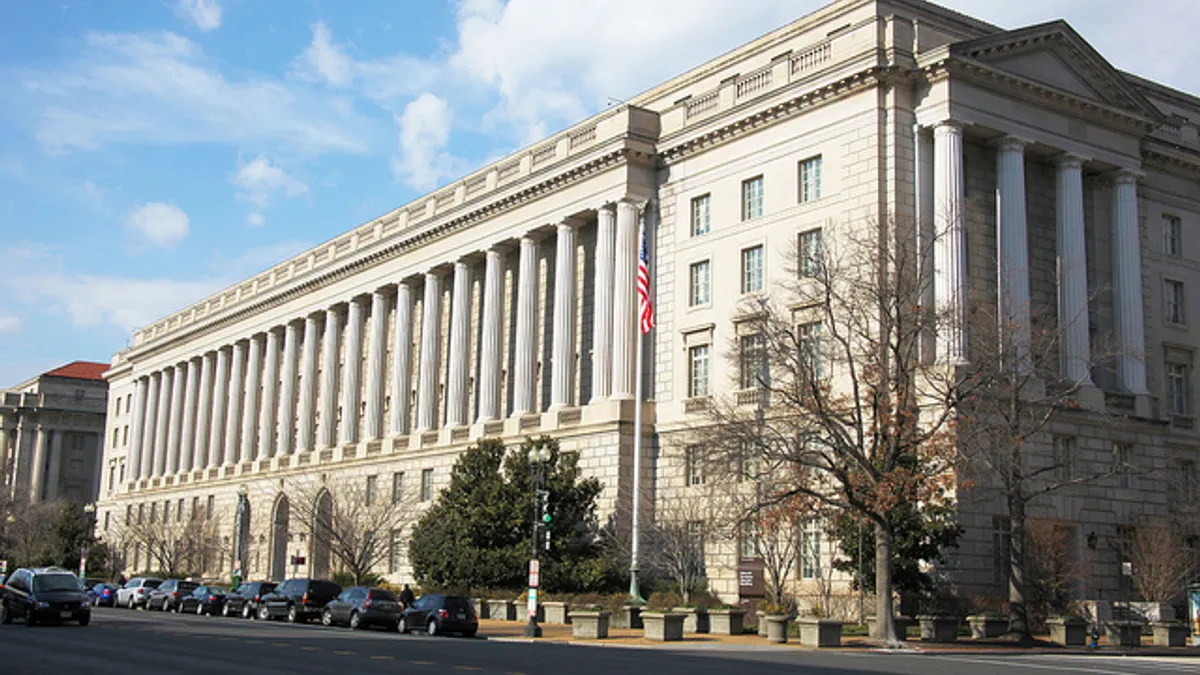Dive Brief:
- The Internal Revenue Service (IRS) and the U.S. Treasury Department issued a notice requesting public comments on how Section 48 of the Internal Revenue Code, which governs the commercial investment tax credit (ITC), defines a qualifying energy property, Greentech Media reports.
- The ITC provides a 30% tax credit to owners of investments in energy projects, usually solar. Though Congress increased the ITC from its previous 10% level beginning in 2006, this would be the first IRS update to ITC regulations that determine qualifying energy technologies.
- The rapid growth of distributed energy resources spurred the federal agencies to redefine qualifying technologies, which could impact how the incentive is used.
Dive Insight:
With the 30% investment tax credit vital to many rooftop solar-financing companies set to sunset by the end of 2016, federal agencies tasked with overseeing the ITC are redefining which energy properties now qualify for the credit.
The update was spurred by an uptick of new demand side technologies and the absence of IRS guidance since the 2006 Congressional action. As a result, the now-expired 2009 Recovery Act’s 1603 Program produced questions about dual-use property alongside questions over energy storage used as demand response or as backup power for non-renewable energy.
It is not yet clear whether Congress will extend the present 30% ITC before it reverts to its pre-2006 10% level in January 2017.
With that policy change, Bloomberg New Energy Finance (BNEF) calculated the US can expect about 73 GW of solar PV to come online by year-end 2022. The solar industry is lobbying hard for a five-year extension, which, if it's in by mid-2016, could boost installed capacity to more than 95 GW by 2022.













